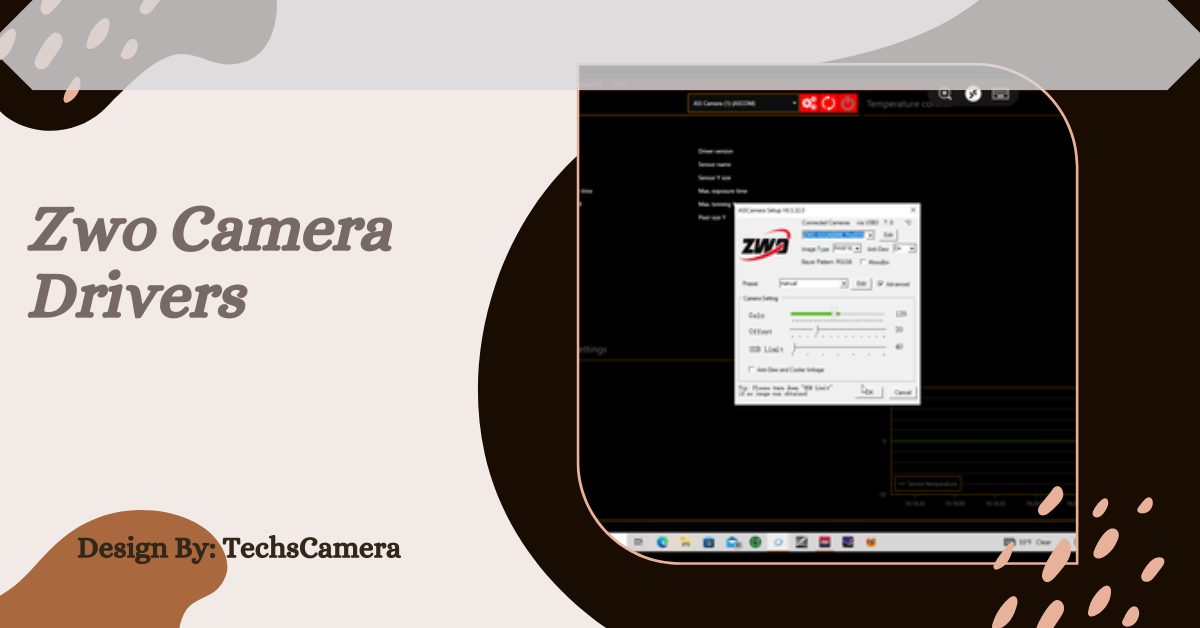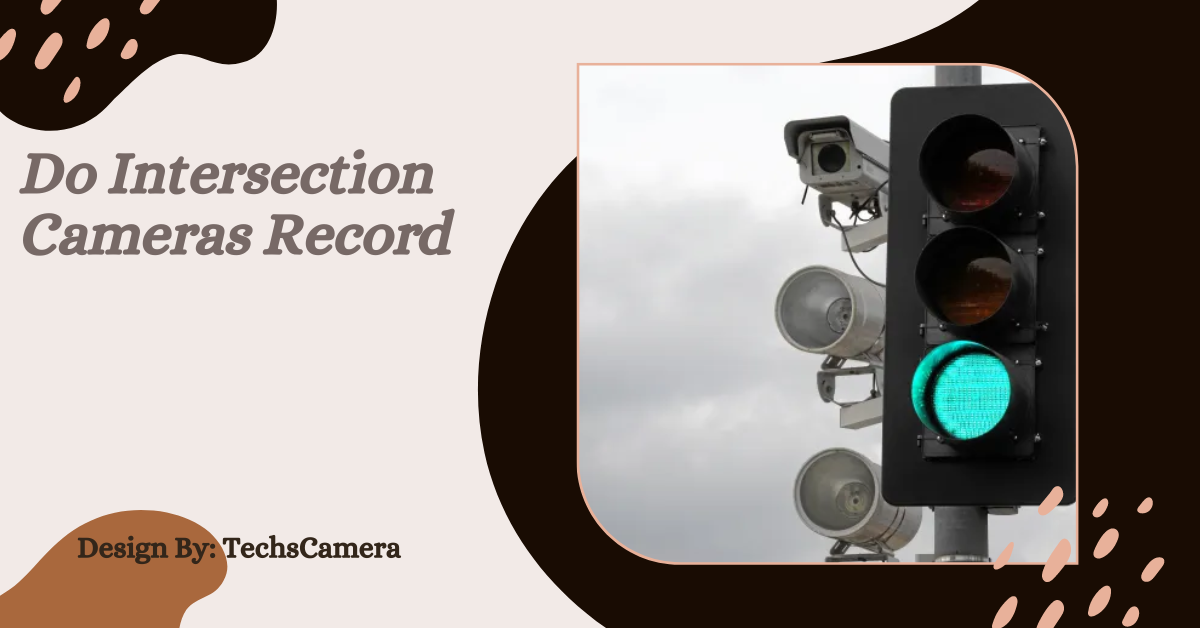When you connect a camera to a fixed /dev/video path in Linux, the device stays connected to that path. This means that jobs like video conferencing, streaming, and surveillance will always work the same, even if you change the system.
Introduction:
Managing things like webcams and cameras can be hard in Linux. The OS gives a camera a device path like /dev/video0 or /dev/video1 when you plug it in. This path may change, though, if you restart the system or add more cams. This could be annoying, especially if you need to use the camera for something important, like videoconferencing or keeping an eye on things.
This problem can be solved by linking your camera to a set /dev/video path. This keeps your camera connected to the same device path all the time, which makes it easier to handle.We will show you step by step how to connect a camera to a set /dev/video path in Linux in this guide.
Understanding /Dev/Video in Linux:
Linux takes care of all the hardware that is linked, like keyboards, cameras, USB drives, and more, in the /dev/ directory. Linux makes device files for cameras that are called things like /dev/video0, /dev/video1, and so on. The camera and the operating system can talk to each other through these files.
What’s wrong is that Linux might give your camera a different name after restarting or when you plug in other devices. Your camera might show up as /dev/video0 one day and /dev/video1 the next. This can make programs that think the camera should always be on the same road get lost or make mistakes. With udev rules, we can connect the camera to a set path and get rid of this problem.
Step-by-Step Guide to Binding Cameras to /Dev/Video in Linux:
Here’s a simplified guide to help you bind your camera to a fixed /dev/video path in Linux:
Identify Your Camera:
To begin, look for your camera in the list of devices that are linked. You can use a program in the terminal to show all USB devices to do this. Find the name of your camera and write down its unique tags, such as the seller and product ID.
Find Camera Details:
Next, find out more about the camera, like who made it and what it is. This will help Linux recognize your device. You need this knowledge to make a rule that will keep your camera on the same path.
Create a udev Rule:
Make a rule that your camera will always link to the same device path, such as /dev/video0 or /dev/video-cam. You will write a rule using the information from the last step about the seller and the product.
Reload the Rules:
Once you’ve made the rule, you need to make the changes so that Linux can see the new setup. This will make sure that the /dev/video path always has your camera.
Test the Setup:
To see if the camera is now forever connected to the fixed path, either unplug and plug in your camera again or restart your computer. If everything is set up right, your camera will stay in the same device path even if you restart or plug it back in.
Also Read: How to prevent fog on Security Camera – Solutions and Tips!
Common Use Cases for Fixed Camera Nodes:
There are several situations where fixing a camera to a specific /dev/video node can be very useful:
- Video Conferencing: If you use applications like Zoom or Skype, having a fixed camera path makes it easier to select the correct camera.
- Security and Surveillance: Surveillance systems that use multiple cameras rely on specific device paths to monitor the right area. A fixed /dev/video path ensures stability in the system.
- Video Streaming: Live streaming platforms require consistent camera setups, and fixing the camera to a specific device path ensures there are no interruptions.
- Development and Testing: When developing software that uses cameras, having a stable camera path can save a lot of time troubleshooting.
Handling Dynamic Changes and Hot-Plugging:
Linux can change the device paths on the fly if you connect and unplug devices a lot or “hot-plug” them (plug them in while the system is running). This could cause problems if your camera is seen as a different device after you plug it back in after unplugging it.
If you use the above-mentioned udev rules, your camera will always bind to the same path, even after you unplug it and plug it back in. The camera will be instantly recognized by the system and put on the fixed path you set up.
Bind USB Camera to a Persistent /Dev/Video Path in Linux:
Binding a USB camera to a permanent /dev/video path is necessary so that the device name doesn’t change every time you restart or plug the camera back in. The steps above work especially well for USB cameras because they are often used in systems for video conferencing, monitoring, and making movies.
After you finish the steps, your USB camera will be locked to the path you chose. This will make sure that any software that works with cameras runs smoothly.
Best Practices for Writing /Dev Rules:
Here are some tips for writing effective udev rules:
- Use Specific Identifiers: Always use vendor and product IDs to target the right device.
- Create Meaningful Device Names: Use names that are easy to remember, like video-cam instead of random numbers.
- Test Thoroughly: After creating a rule, always test it by unplugging and replugging the camera to ensure it works as expected.
Also Read: Will Layfield Camera – A Detailed Guide!
Alternatives to /Dev for Device Management:
Although /dev is the standard way to manage devices in Linux, there are some alternatives for more advanced users:
- Systemd device management: Systemd can be used to manage hardware devices in a more controlled manner.
- Virtual devices: In virtual environments or containers, devices can be managed differently, where virtual paths replace /dev/video.
Troubleshooting Common Issues with /Dev Rules:
Here are some common issues you might face and how to solve them:
- Camera Not Detected: If the camera isn’t showing up, check the connection and make sure it’s listed when you run lsusb. You can also check the logs with dmesg to see if there are any errors.
- Wrong Device Path: Double-check your udev rule to ensure that the vendor and product IDs are correct.
- Conflicting Rules: If you have other rules for video devices, they may conflict with your new rule. Review all udev rules to resolve any conflicts.
FAQs:
1. Why would you want to connect a camera to a set /dev/video path in Linux?
Binding makes sure that the camera always connects to the same path, which makes jobs like surveillance or video conferencing more consistent.
2. How do I find my camera so that I can connect it to /dev/video?
You can use a terminal command to see a list of all the devices that are linked. Then, write down the camera’s unique IDs, such as its vendor and product ID.
3. Why does the /dev/video path change when I restart the camera or connect it again?
Linux gives device paths on the fly, so if you restart or plug something back in, the /dev/video number may be different.
4. What is an udev rule, and how does it help?
A udev rule is a setting that connects a camera to a certain device path. This way, the path stays the same even if the system changes.
5. After making an udev rule, what should I do if my camera is still not found?
Make sure the device logs show the camera connection and that the rule is written correctly with the proper vendor and product IDs.
Conclusion:
In Linux, binding a camera to a fixed /dev/video path is a useful way to keep things consistent for jobs like surveillance and videoconferencing. By putting up an udev rule, you can make sure that your camera stays on the same path, even after you restart or plug it back in. If you follow best practices and test your devices carefully, you can avoid common problems and make managing them easier.



